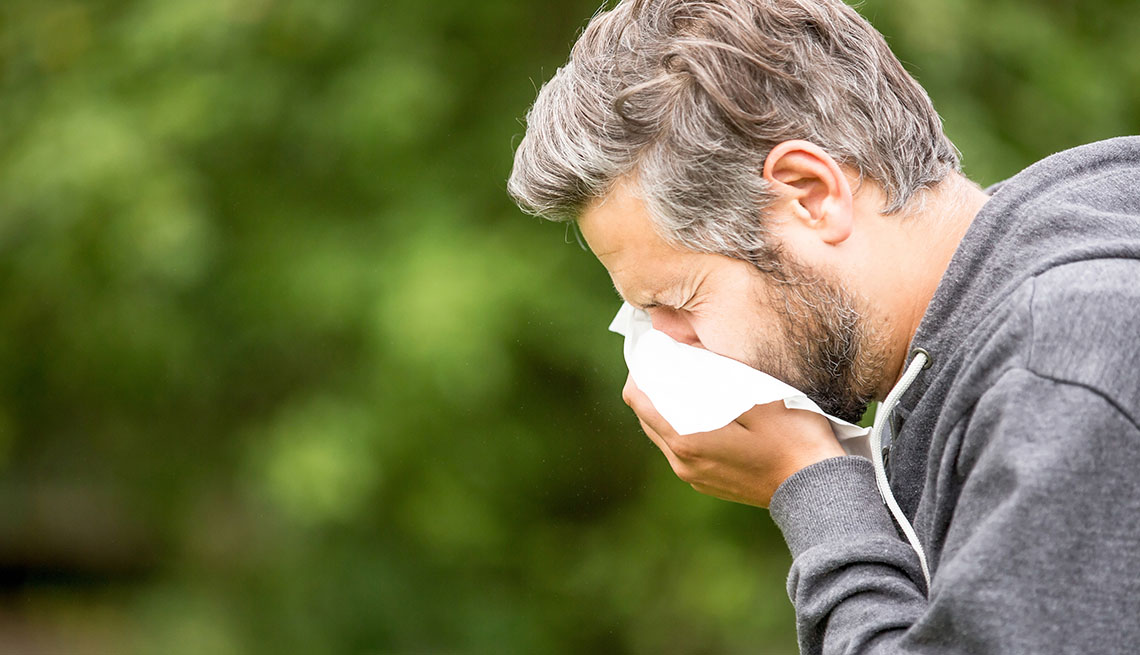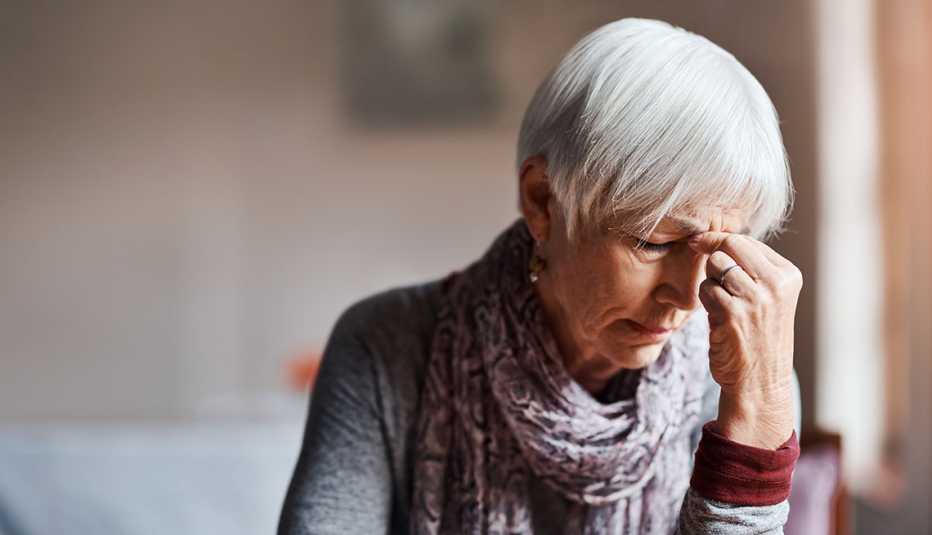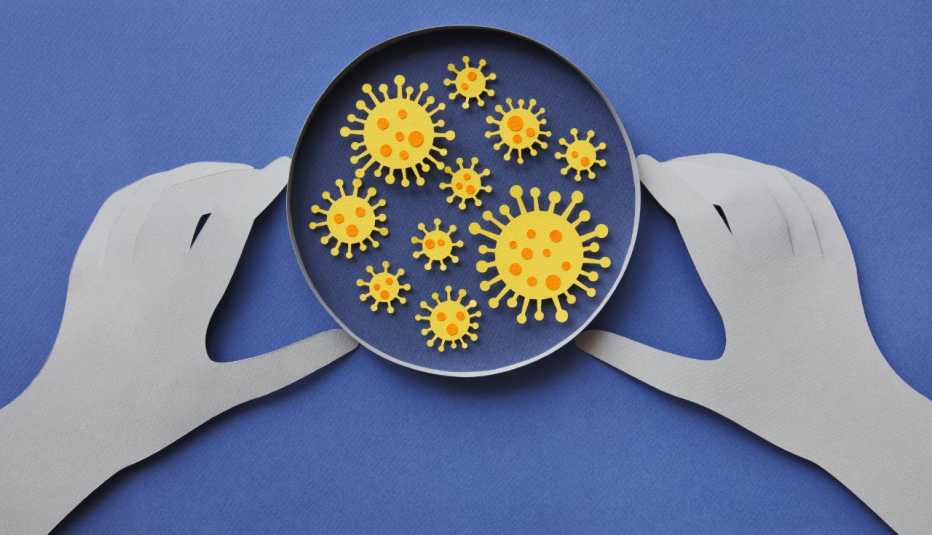Staying Fit
Some COVID-19 patients who take Paxlovid to dodge the dangers of a severe infection are finding themselves in a puzzling situation: Days after they finish the drug and feel better, their symptoms return — and sometimes so does the double line indicating a positive result on an at-home coronavirus test.
Experts stress that this phenomenon, known as Paxlovid rebound, is not an indication that the antiviral pills are ineffective. “Paxlovid is still working to keep you out of the hospital, and that’s what it was designed to do,” says William Schaffner, M.D., a professor of preventive medicine and infectious diseases at Vanderbilt University School of Medicine. Clinical trials found that the prescription medication lowers the risk of hospitalization and death from COVID-19 by nearly 90 percent.


AARP Membership— $12 for your first year when you sign up for Automatic Renewal
Get instant access to members-only products and hundreds of discounts, a free second membership, and a subscription to AARP the Magazine.
Still, with thousands of Americans prescribed Paxlovid each day, there are a few things to know about the drug’s rebound effect.
Returning COVID symptoms tend to be mild
It’s unclear why some people who take Paxlovid get better, only to have COVID-19 symptoms (and sometimes a positive test) recur a few days later, though it’s important to note that this can also happen to people with COVID-19 who don’t get treated with Paxlovid, says Steven Lawrence, M.D., a professor of medicine in the Division of Infectious Diseases at Washington University School of Medicine in St. Louis, Missouri. In fact, rebound turned up in about 1 to 2 percent of participants in Paxlovid’s clinical trials, both in people who received the placebo and those who took the treatment.
It’s also unclear how often rebound occurs after treatment for COVID-19. Some research suggests it happens in about 3 to 5 percent of people who take Paxlovid or molnupiravir, another oral antiviral treatment for COVID.
The good news: When rebound does happen, it tends to be “very mild,” Lawrence says. What’s more, symptoms tend to clear in an average of three days without additional treatment, the Centers for Disease Control and Prevention (CDC) said in a May 24, 2022, advisory.What’s more, symptoms tend to clear in an average of three days without additional treatment, the Centers for Disease Control and Prevention (CDC) said in a May 24 advisory.
And given that Paxlovid can significantly slash one’s odds of severe illness, Lawrence says the short-lived rebound phenomena “doesn't in any way take away anything at all about the importance and the effectiveness of the drug.”





































































